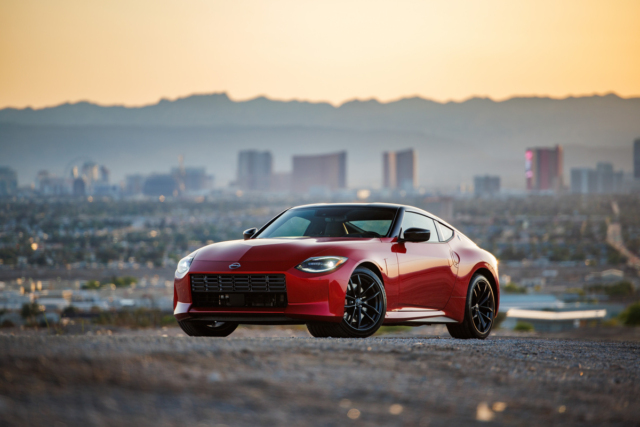
In 1969 Nissan forever changed the automotive world when it unleashed the Datsun 240Z. It upset the established performance machine order with a new breed of automobile — the everyday sports car. It offered better handling than muscle cars, more power than its rivals from Britain, and cost far less than the European exotics that were closest in spec. And as a bonus, it let the owner enjoy the act of driving on a daily basis if they wished, because it didn’t germinate a new mechanical or electrical malady every month. Now, just over 50 years later, as the internal combustion engine rides off into the sunset, Nissan has done it again with the new 2023 Z.
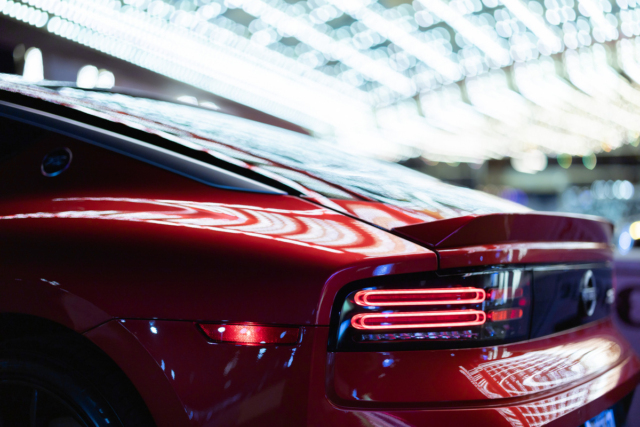
Of course, it’s not just engines that are disappearing. It’s half a century of automotive norms. Sedans are on the ropes, as are coupes. And sports cars, especially affordable ones? Forget about it. It’s a miracle that the new Z exists at all. And yet, Nissan has given us a true sports car — in that it has two doors and two seats — with no less than 400 horsepower.

Turns out, Nissan didn’t even begin considering the 370Z’s successor until five years ago. By then the Z34 chassis had been on the market for eight. One could argue that it was already outdated at the time. But in March 2017 Hiroshi Tamura, the chief engineer in charge of GT-R and Z, decided the time was right to make the pitch. On a zoom call with journalists, he shared a photo of his single-page, hand-written note on how Nissan could update the most important name in their portfolio.
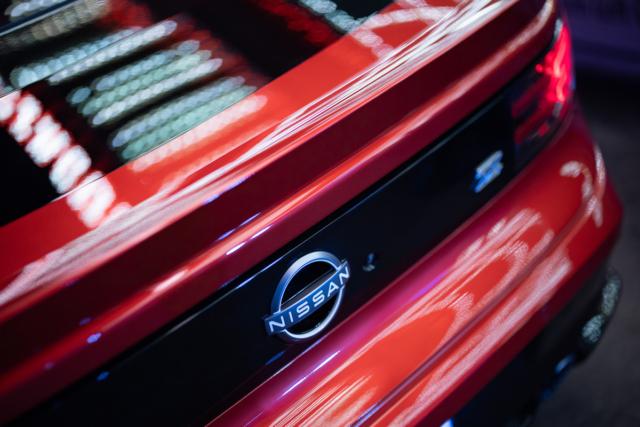
It was written in Japanese, but the gist of it, as Tamura-san describes, was, “Change the styling, put on big power performance, that’s it.” He says many executives’ reactions were not so good. But slowly, minds began changing, and when the tipping point was reached, Tamura-san said, “Finally, we decided to go, go, go! That’s the Nissan way and DNA… Just the handwritten, one-page [memo] is the origin.”
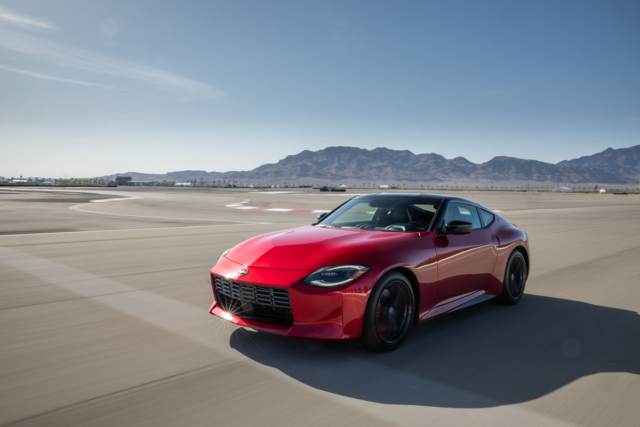
The result, as we have discussed, is not an entirely new platform but a radical evolution of the Z34 in a new skin. Styling was a huge priority to the essence of the Z. We’ve gone over the details of how its excellent design straddles heritage with modern beauty, but Tamura-san also revealed that the design studios went through 414 sketches to determine its final form. By contrast, an average project is decided in just 70 to 80.
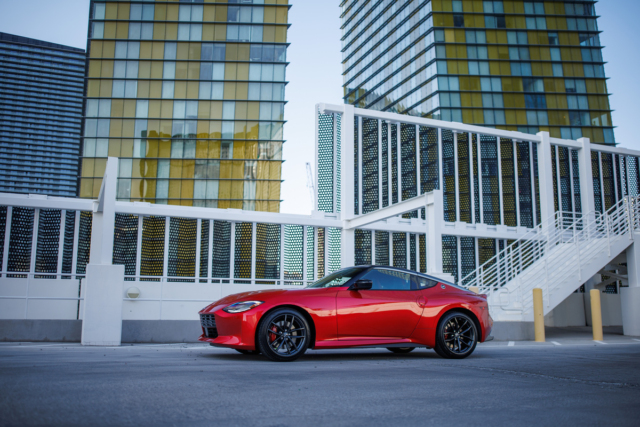
Beyond that, it wasn’t just a simple job of dropping the mill from the Infiniti Q50 and Q60 Red Sport into its engine bay. Both chassis and VR30DDTT have undergone notable changes, enough to warrant a new chassis code, RZ34.
There are benefits to utilizing a proven platform, too. Driving the new Z will seem familiar to anyone that’s spent time behind the wheel of the 350Z or 370Z, but thoroughly modernized. The same purposeful poise is there, but it feels a lot more refined. Movements feel tighter and the car more solidly put together than its predecessor. Nissan says it added increased torsional stiffness and body rigidity to the Z34 chassis, and it shows.
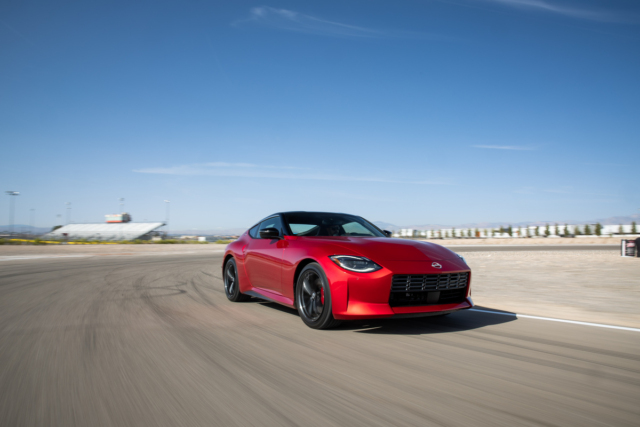
The body bounces less on road imperfections thanks to new monotube dampers that replace the old twin-tube units. It feels more planted and true at speed as a result of new front suspension geometry with increased caster. Importantly, those improvements in ride don’t give up anything in terms of cornering ability. Handling was always good on the previous gen despite its age, but in the new Z, helped by larger contact patches on the front 19-inch 255/40 Bridgestone Potenza S007s, roadholding is noticeably improved. According to Nissan, cornering g forces are up 13 percent.
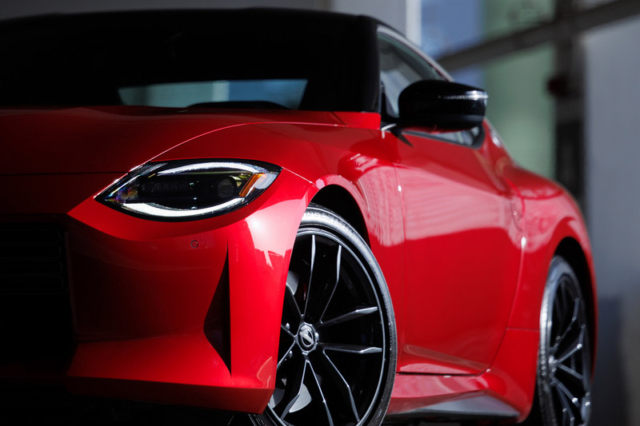
At the heart of the RZ34 beats the twin-turbo 3.0-liter V6, standard on all trims. It gives off a deeper, more polished rumble than its VQ predecessor and easily masks the fact that the new Z weighs about 3,500 pounds in Sport (base) trim and about 3,600 pounds in Performance trim. That’s a couple hundred more than the 370Z, but thanks to the 400 horses on tap it means a 10 percent better power to weight ratio than its predecessor.
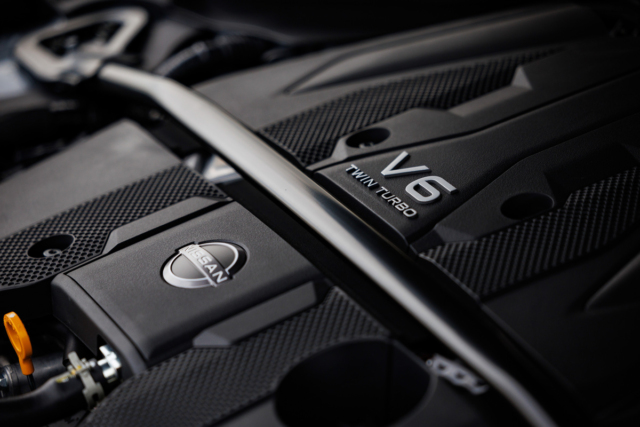
With 20 percent more horsepower and 30 percent more torque it’s impressively quick, but in the age of electric cars what was once jaw-dropping is now mundane. However, the best part of the engine isn’t its pure power, but the lovely throttle response that it offers. The revs climb and drop like a well-tuned naturally aspirated six rather than a turbocharged one. Engineers made several improvements to the VR30DDTT before transplanting it into the Z, including electronic intake variable-valve timing and mirror-bore cylinder coating to make responses to your right foot that much more instantaneous.
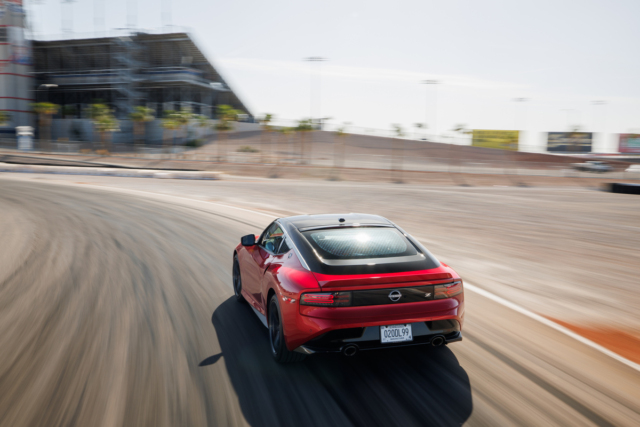
Nissan says it put the full experience of its turbocharged engines to use in the Z. The company was the first in Japan to offer a turbo engine in the 1979 430 Cedric and Gloria twins. Here, a new turbo speed sensor keeps the impellers spinning at optimal speeds, while a racing-derived recirculation valve conserves spooling even when you back off the throttle for a bit. The upshot of all this is that there’s virtually no lag at all. All 350 lb-ft of its peak torque arrives at just 1,600 rpm, and holds all the way to 5,200.
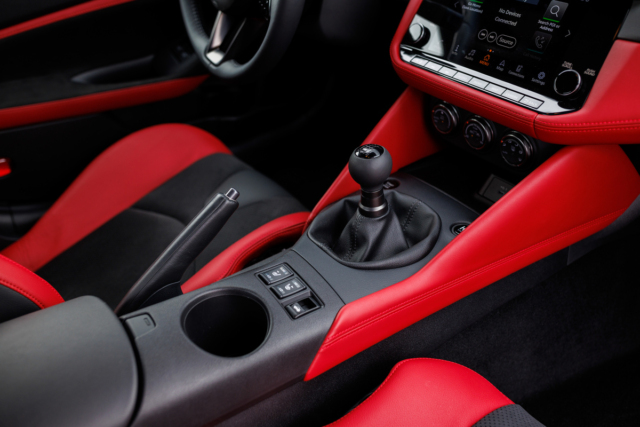
And let’s not undercut the massive joy one can find in shifting one’s own gears. We never disliked the 370Z’s 6-speed, but the new manual feels even smoother thanks to conical synchros in first and second. More importantly, the clutch still has some travel and resistance to it, unlike most modern third pedals that are tuned much too softly. It’s easy to modulate and feels nice to have some heft under your left foot. The 370z’s rev-matching downshifts are carried over, ensuring that you always appear to be a master heel-toer.
The upshot of all this — the 400 horses, the turbos, the stick, the rear-driven wheels, the sexy sheetmetal — is that the Z is just plain fun. In all the ways traditional sports cars captured our hearts, the new Z, like its great-great-great-great-grandfather, repeats the performance.
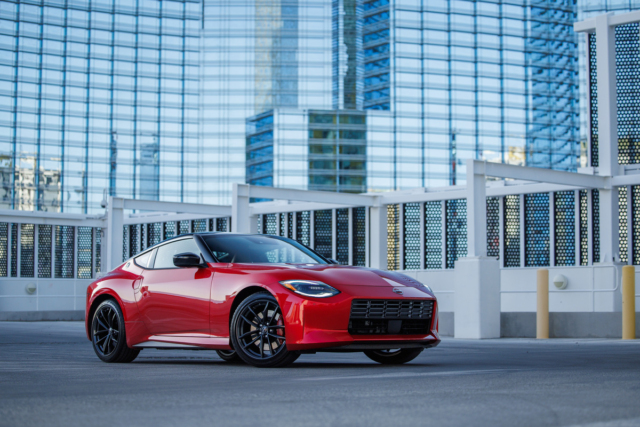
Nissan is one of the few mainstream carmakers to maintain two performance models. Tamura-san likens the GT-R to an all-out lap-time shredder, while the Z behaves more like a dance partner. While not as hard-core as the R35, it’s also not as nimble as a Miata or BRZ. What it is, however, is a lot more livable. Because lightness was such a priority for Mazda, the Miata will always feel like a weekend toy to all but the most hard-core. The Z, on the other hand, can be used every day without sacrificing comfort or convenience. The everyday sports car.
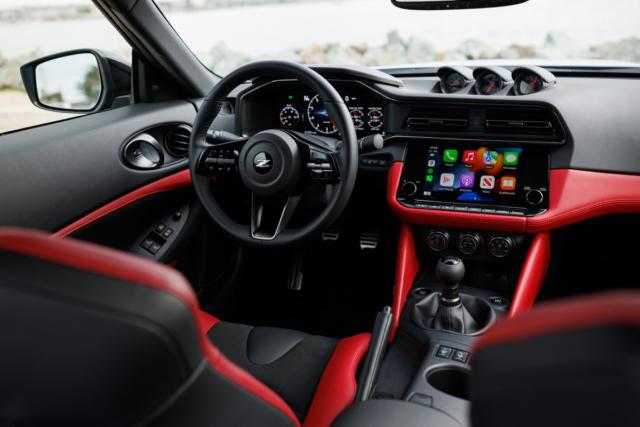
Parts of the cabin feel familiar to the 370Z, like the vents and door handles, but the rest of it has been thoroughly updated with the safety sensors and smartphone connectivity consumers have come to expect. It’s not something JNCers will care about (except for maybe Bluetooth) but it will help the Z survive in the marketplace.
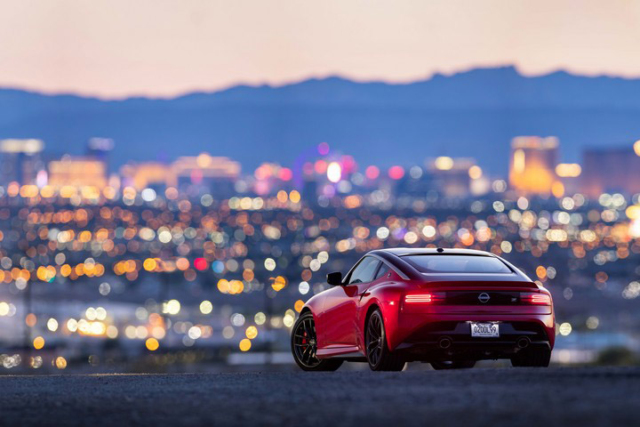
What we liked best about the Z is that it genuinely feels like it’s picking up where Wangan legends like the twin-turbo 300ZX and A80 Supra left off. It offers impressive output and technology without resorting to hybrid systems like the Acura NSX or reverting to natural aspiration like the RX-8 and 350Z. It’s the car we would’ve gotten if the bubble hadn’t burst.

In a world that’s increasingly unfavorable to gasoline engines and non-SUV cars, no one can fault Nissan for recycling parts of the 370Z. Of the 1.8 million Z-cars Nissan has sold, 75 percent of them were sold in the US. Now, the market is dominated by crossovers. The R34Z has enough changes to make it a relevant sports car. But more than that, the Sport model starts at just under $40,000, an insane bang-for-buck value that no alternative that can come close to. Nissan offered something like that over half a century ago with the original S30 Z. In the final days of the traditional car as we know it, they’ve done it again.



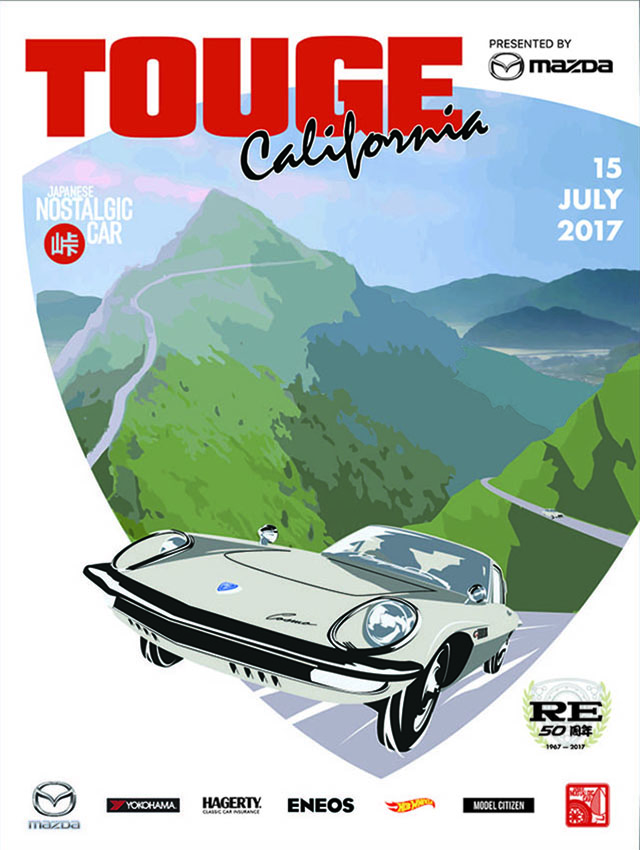
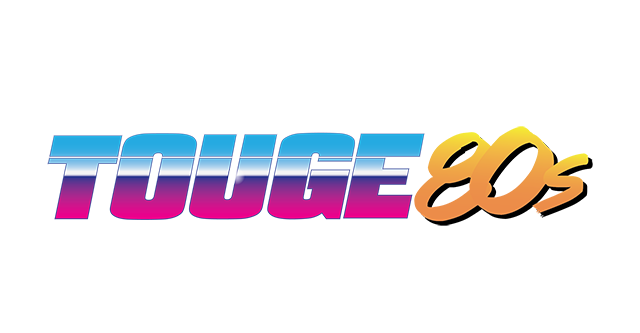

Looks promising!
Thank You Nissan !!
The look is growing on me, but my goodness, that weight. 200 to 300 pounds heavier than the larger Accord Coupe? So it seems that what we have here is not a sports car like the original S30, but rather a GT car along the lines of the late and unlamented 280ZX.
Nissan…Nissan…Nissan… Why hast thou forsaken me?
I do like that gray paint job though.
It does feel like the natural progression of S130 to Z31 to Z32 TT.
Looks cookie cutter mundane. Its embarrasing to compare that drone to the amazing looking 240. So disappointed in how designers have went numb with their creativity.
cookie cutter mundane?! *facepalm
Also embarassing? Meh, that’s an understatement for some
Toyota could learn a lesson from this…Build your own car.
Well, at least the GR 86 is light on it’s feet.
Thinking about how the “Wangan legends” (nice) would have continued to evolve were it not for the Bubble bursting is a favorite pastime of mine. As a teenager in the mid-90s, something like the new Z would be pretty close to what I imagined. I sure hope Mazda joins this unexpected late-ICE Age sports car revival with a new Wankel wonder.
I’d love to see that concrete gray-blue color over the smurf blue leather interior.
As a long-time owner of one of the very first (HLS3000327 manu 11/69) 240Z imported in the U.S., the styling, both interior and exterior, of this latest Z gives me no problem. It seems that Nissan has done a commendable job of blending the latest tech with just the right touch of nostalgia.
Sure, it’s still easy to get sentimental over that original Z, even though its transmission (F4W71A) lacked the fifth gear and spring loading of the vastly superior FS5W71A found in the 2000 roadster. “Conical synchros in first and second” in the new Z? Hey, count me among those willing to reserve final judgment until after a spirited test drive!
I absolutely love it. It’s sparks the feelings I had with my 280z and 280zx.
This final Z had as much thought put into it as the note that kick started it: more about value engineering than Passion. Anyone would commend Nissan on the more restrained design at a time when everyone from BMW to Toyota keeps churning out pretentious, cartoonish transformers despite what these products really are, lifestyle mobility appliances. Still, it won’t fool anyone, enthusiast or total car dunce, into thinking the Z has any presence or status or speed. The IDX was a (veteran) design, which this Z did well to ppull towards, but the chassis is, and without any need to drive it be a fact, an obsolete paperweight. Read the specs and without a doubt you’ve driven this FR a thousand times – and an equivalent priced C7 base vette will make you forget Nissan exists, even if this drivetrain turns out to be a bulletproof gem. Oh, but then the interior is where it’s better you say, or you would like to, given it’s not really even inventive or as clean as it could easily have been. Park it next to older Z’s (240Z and maybe 300ZX the exception) and it shines, sure, but then park it next to other $40k cars… Yeah, pretty obvious interior mods will also be popular with this one.
Shameless JNC talking about lightness and sports car nature in the same paragraph as this Z, or recent Nissan at all, when they could have hired a true Japanese SHOKUNIN over a foreign suit (Gohsn) that probably hated all cars, used the success of the SUV’s and GTR, their engineers that made the R35 happen, and developed a 2+2 miata competitor after the original 240Z with a range of engines but no. Mazda continues profitable and Nissan is debt financing to be able to give us a reworked 370Z that at least looks more honest about what it is, has become.
A Porsche is a sports car, a Miata is a sports car… This and the Supra are lyfestylez drip. Sad, yeah, but it is what it is no matter how much carbon canards you throw at it. No doubt a lighter version of this was the Z that needed to come out instead of the “370Z”, and the rising cost of driving, supply issues, and lack of interest in GT’s since even a Tesla already does what this does better in every way for a similar price – this slappy fish of a handwritten note is dead in the water.